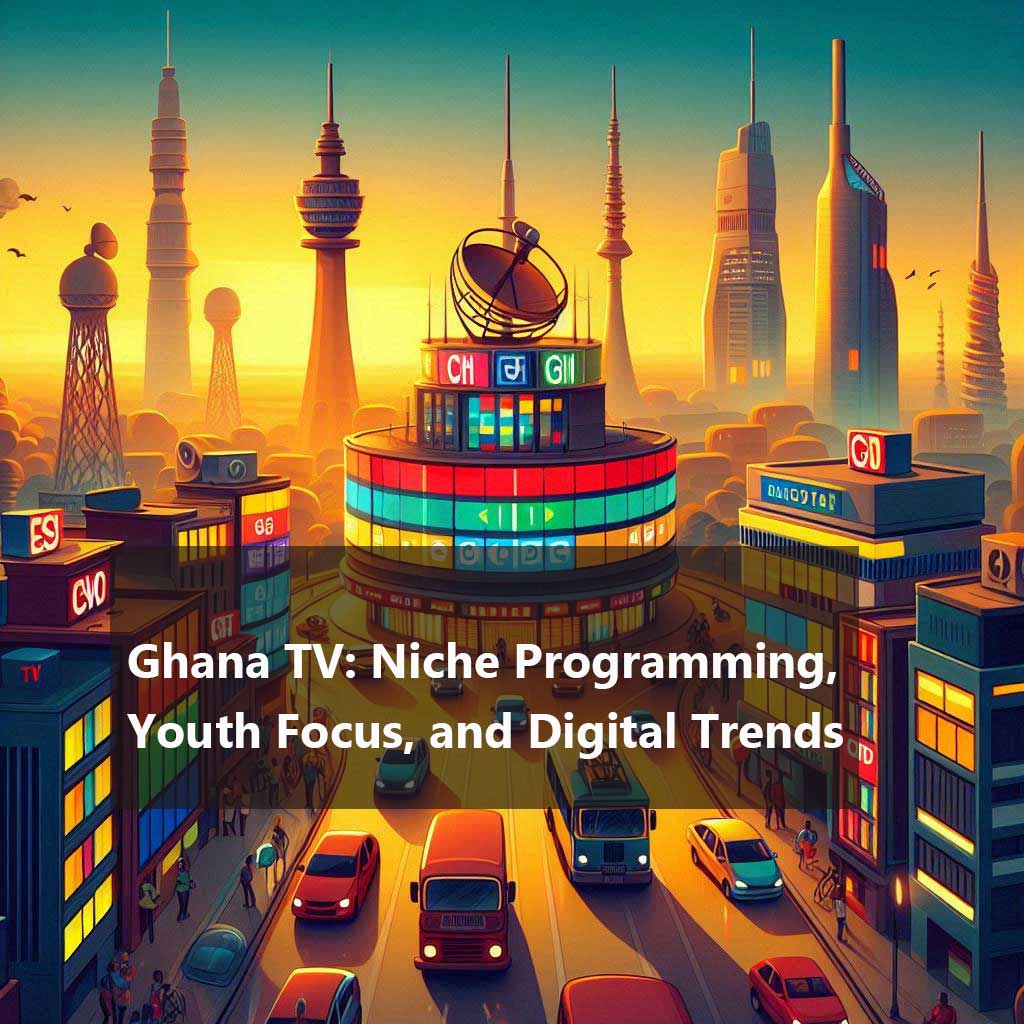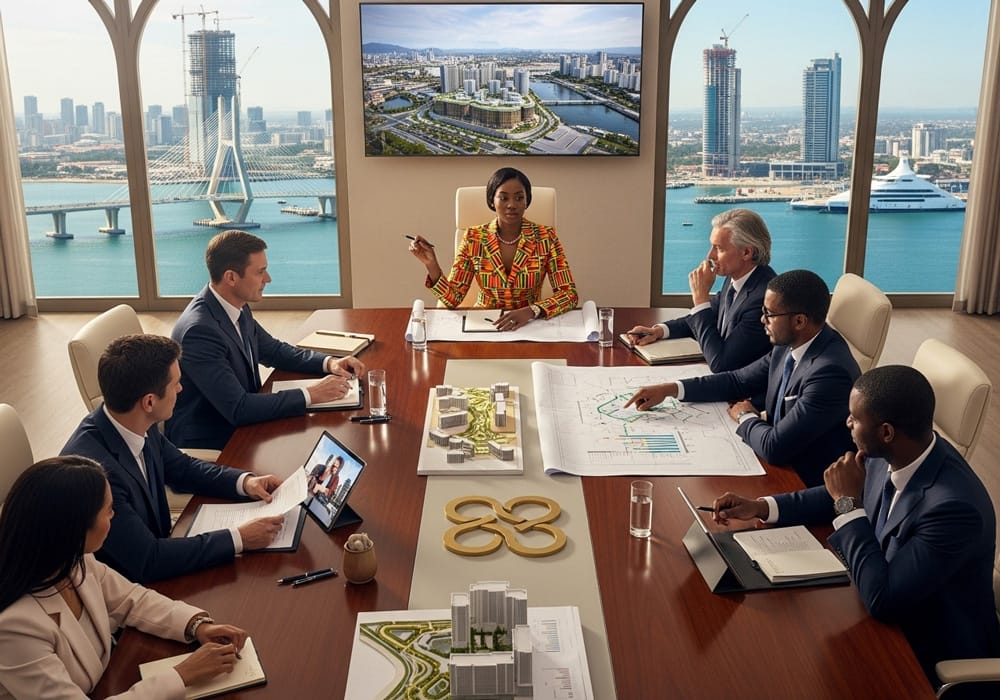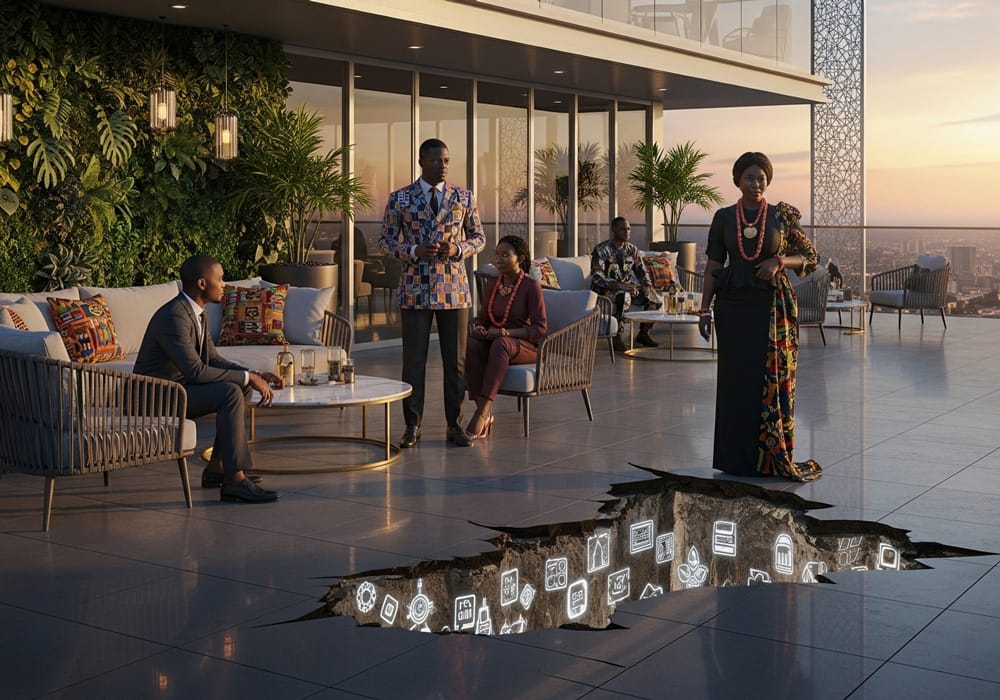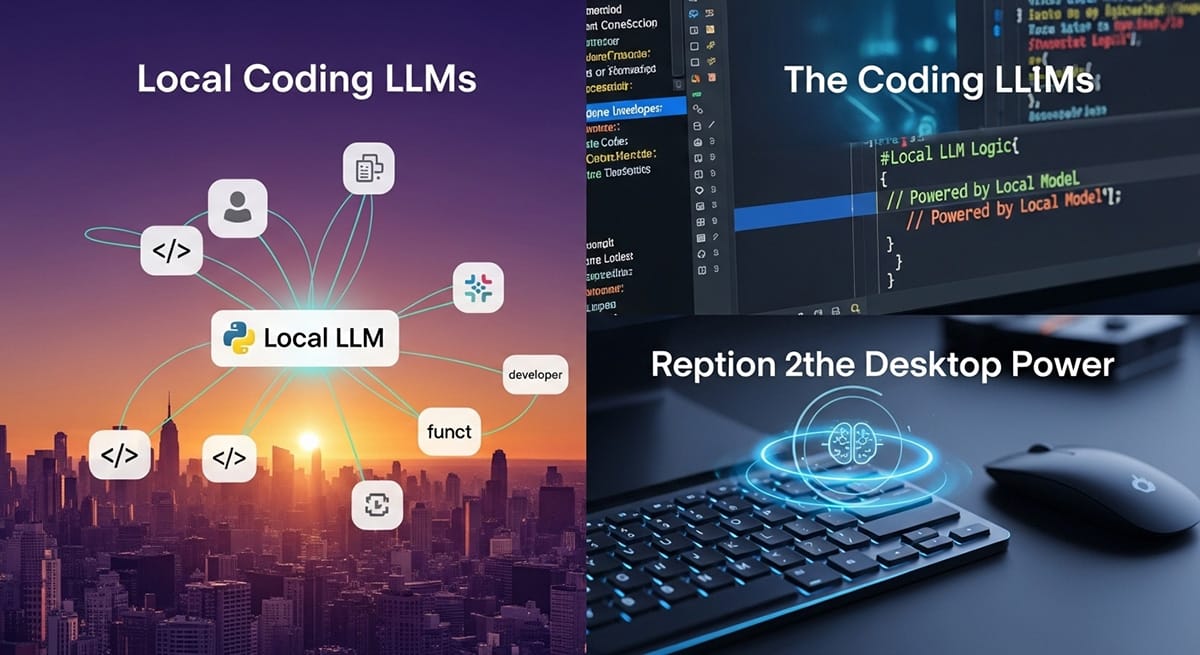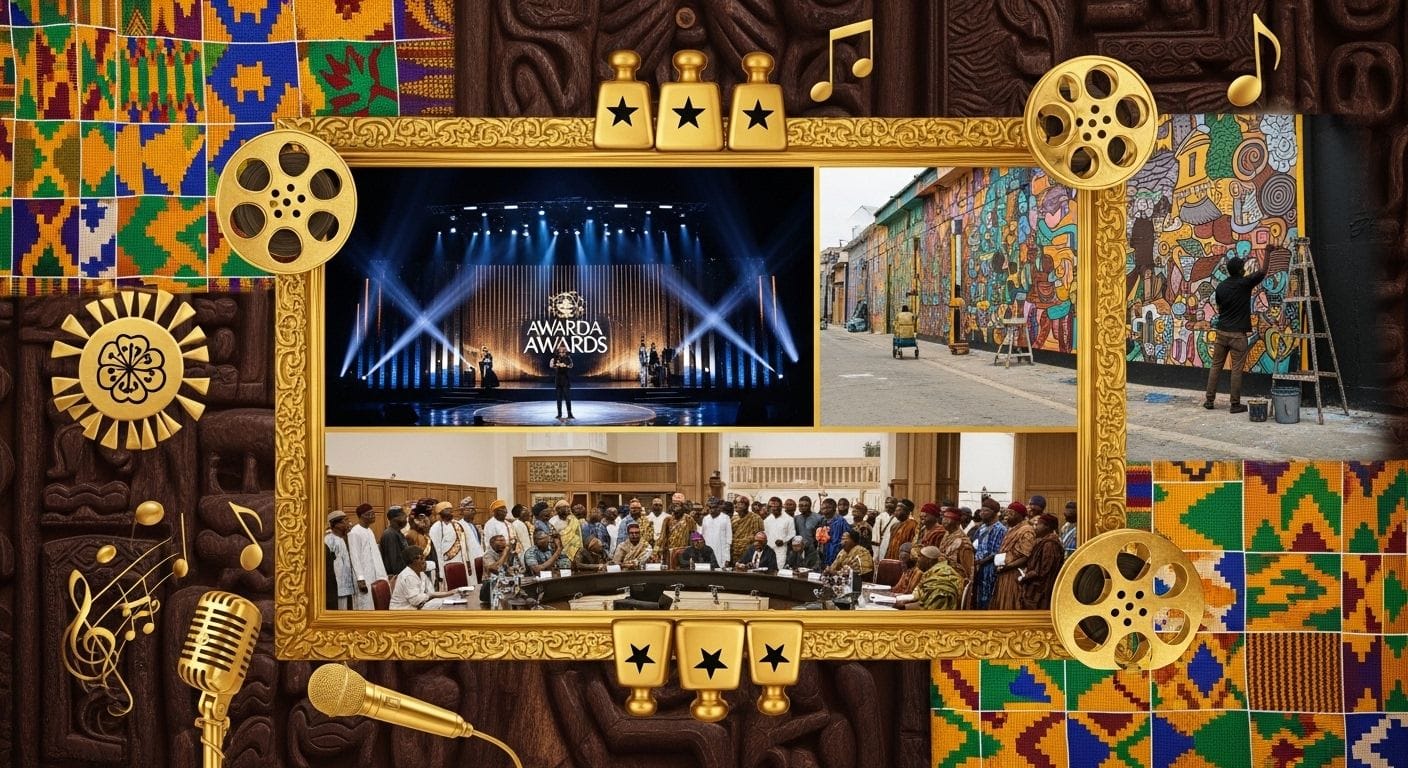Ghana’s television landscape is increasingly defined by niche categorization, a strategic approach used by broadcasters to cater to diverse audience preferences.
These categories, which include news, entertainment, sports, education, and religion, enable stations to tailor content to specific viewer demographics, enhancing engagement and loyalty.
This article explores the niche categorization of Ghana’s TV stations, their strategies for engaging youth audiences, the rise of digital-first programming, and the ongoing dialogue surrounding cultural preservation.
Niche Categorization in Ghana TV
Ghanaian broadcasters are strategically adopting niche markets to appeal to varied audience interests. These niches primarily encompass news, entertainment, sports, education, and religion.
This categorization allows TV stations to tailor their programming, meeting the expectations of specific viewer demographics and fostering stronger engagement and loyalty.
For example, GTV focuses on public broadcasting and educational content, offering documentaries, historical programming, and coverage of global events like the Olympics.
In contrast, private stations such as UTV concentrate on regional entertainment, using local languages and cultural themes to connect with their predominantly rural viewers.
This segmentation reflects the diverse interests within Ghana’s viewing population and the operational strategies employed by TV stations to remain competitive.
A key aspect of niche categorization is how TV stations tailor their programming to appeal to specific demographics, particularly younger audiences.
This demographic, known for its affinity for digital platforms and interactive media, represents a lucrative target market for broadcasters.
Consequently, many TV stations are incorporating youth-centric shows into their schedules, including lifestyle programs, music videos, and reality series.
GH One TV, for instance, has successfully established a niche by focusing on youth-oriented content that addresses contemporary issues affecting young people, building a loyal following among this demographic.
Furthermore, the inclusion of gaming-related programming, such as esports tournaments and reviews, demonstrates efforts to engage tech-savvy viewers, tapping into the growing global gaming industry.
These initiatives highlight an understanding of emerging trends and the importance of aligning content with evolving consumer behaviors.
Digital-First Programming
Alongside traditional broadcast models, the emergence of digital-first programming, driven by increasing internet penetration, is a significant development in Ghana’s television landscape.
As internet usage reaches a substantial portion of the population, TV stations are capitalizing on this trend by developing streaming services, mobile apps, and social media integrations. Platforms like YouTube and Facebook, with their large user bases in Ghana, offer fertile ground for short-form video content optimized for digital consumption.
Some broadcasters are experimenting with interactive formats, including live streams and user-generated content, to foster deeper connections with their audiences.
This shift towards digital-first strategies broadens accessibility and enables stations to generate new revenue streams through platform-specific advertising and sponsorships.
Cultural Preservation vs. Foreign Influence
Despite these advancements, challenges remain regarding cultural preservation amid the influx of profit-driven foreign content. Concerns have been raised about the impact of foreign soap operas, alcohol advertisements, and shallow local productions on Ghanaian values and traditions.
In response, Regulatory bodies like the National Communication Authority have been urged to enforce stricter controls on nudity, mandate higher standards for local programming, and prioritize content that aligns with societal norms.
There are also calls for legislation requiring broadcasters to allocate a percentage of airtime to high-quality local content, inspired by successful productions such as “Heritage Africa” and “Love Brew In An African Pot.” These measures aim to balance modernization with cultural integrity, ensuring that technological progress does not compromise societal values.
The Power of Localized Storytelling
Successful case studies demonstrate the potential of localized storytelling to enhance viewer engagement while preserving cultural authenticity.
For example, Adom TV’s focus on regional dramas and sports updates in the Akan language illustrates how culturally relevant programming can strengthen community ties and foster viewer loyalty. Similarly, TV3’s diverse lineup of Mexican telenovelas and Korean series caters to urban audiences seeking international content while maintaining local appeal.
By blending global influences with indigenous narratives, these stations achieve a balance that resonates with both domestic and diaspora audiences.
Collaborations between TV networks and local creatives also provide opportunities to produce compelling stories rooted in Ghanaian heritage, further enriching the media ecosystem.
Conclusion
Niche categorization and programming strategies are crucial in shaping Ghana’s television landscape.
Broadcasters navigate challenges and opportunities through targeted content for specific demographics, digital-first approaches, and efforts to preserve cultural values.
While regulatory frameworks must evolve to protect societal interests, the success of localized storytelling highlights the enduring power of authentic narratives to connect with viewers.
Future research should explore innovative technologies like augmented and virtual reality to further differentiate stations and enhance viewer experiences. Additionally, longitudinal studies on the impact of regulatory interventions on content quality and viewer satisfaction could inform sustainable practices for the industry.

